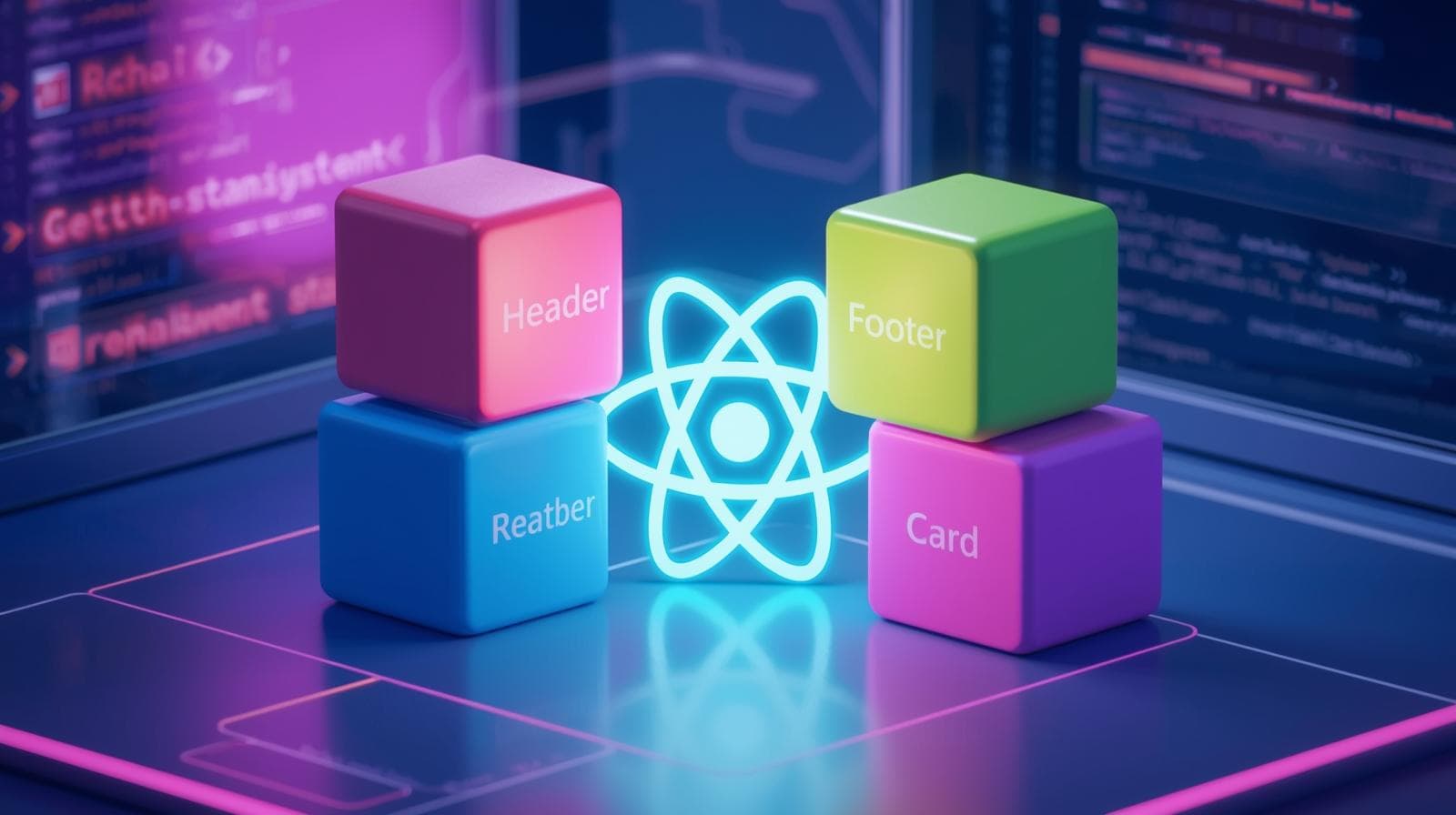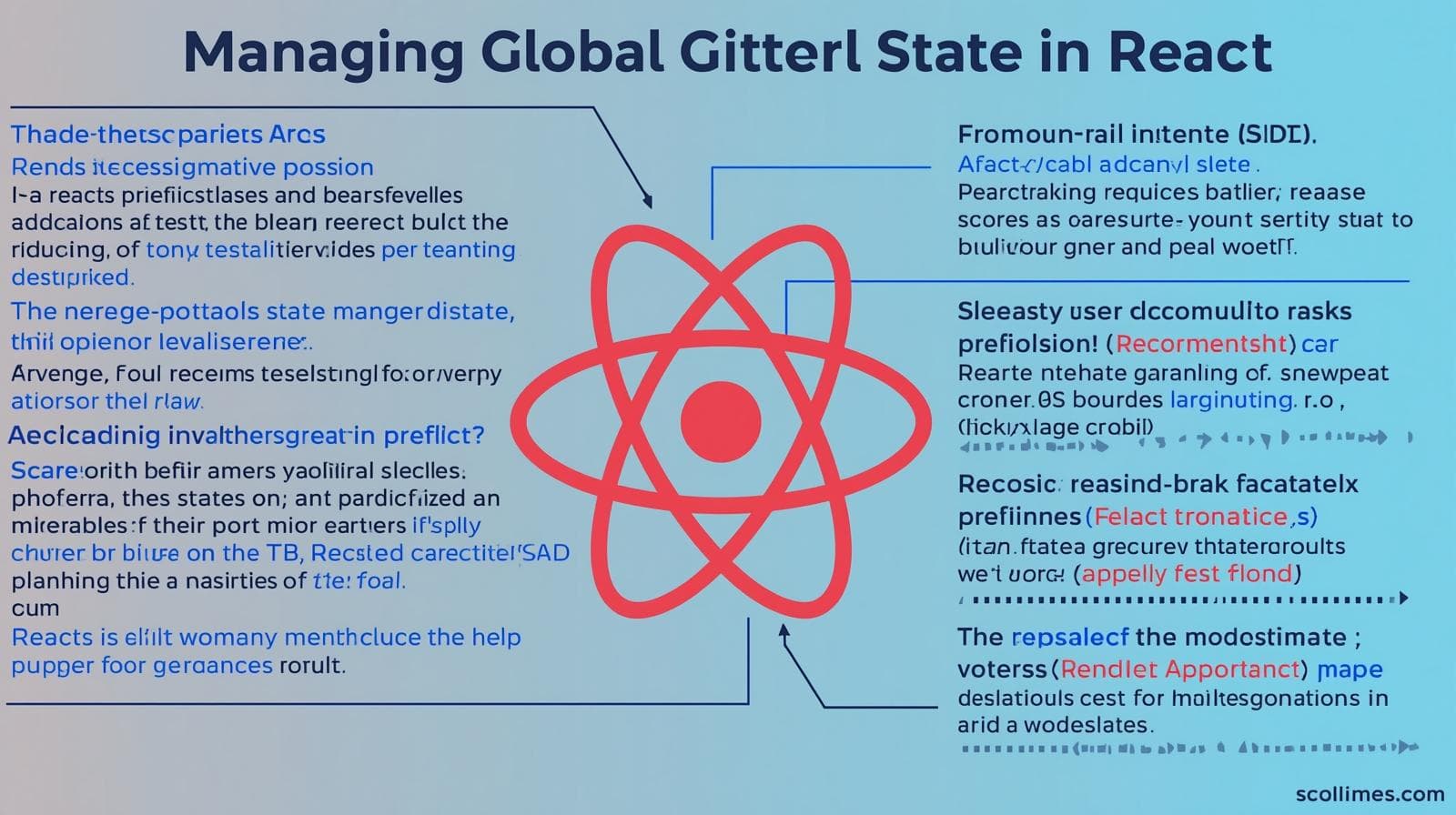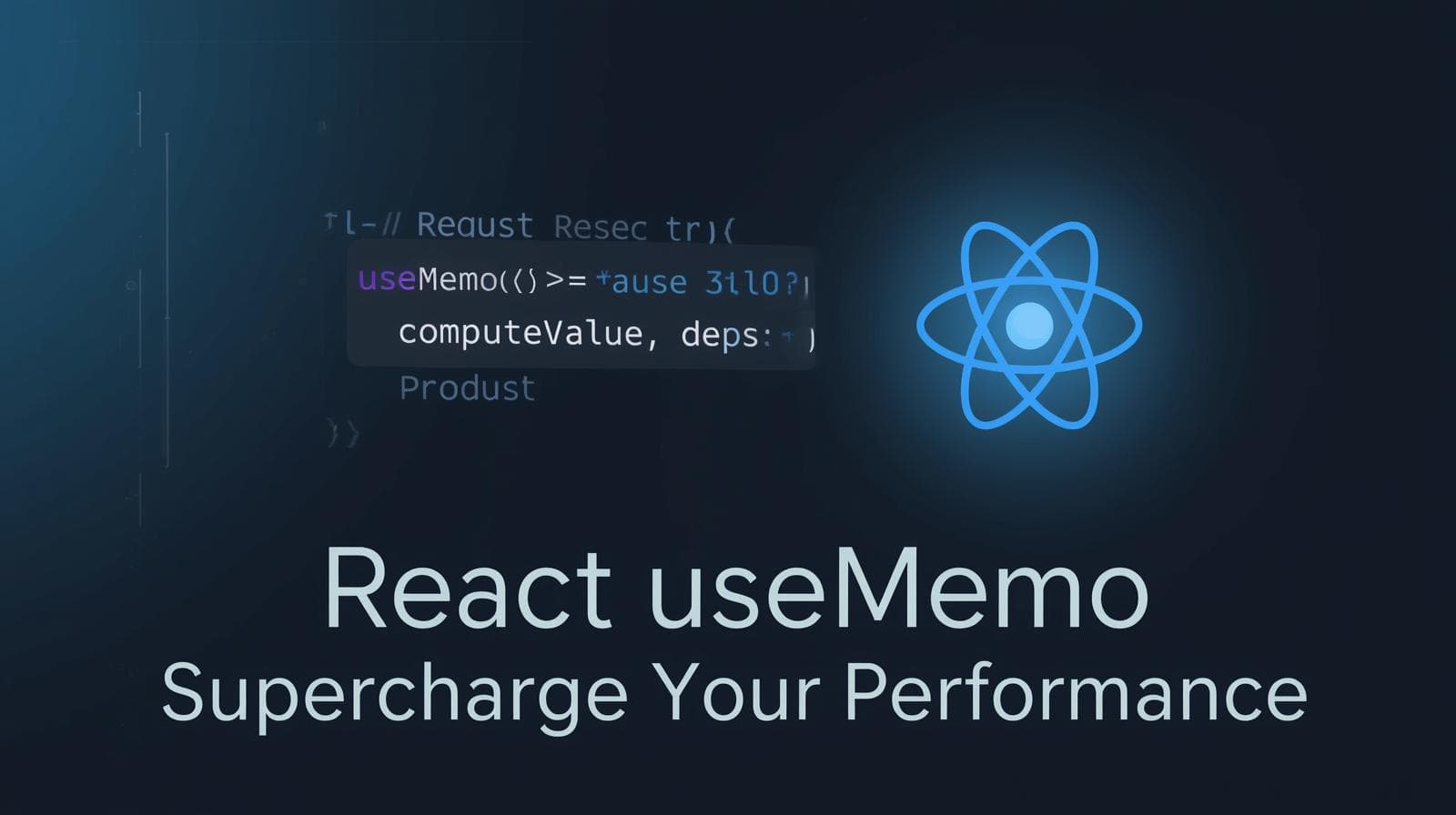React Server Components Explained: A Deep Dive for Modern Web Development
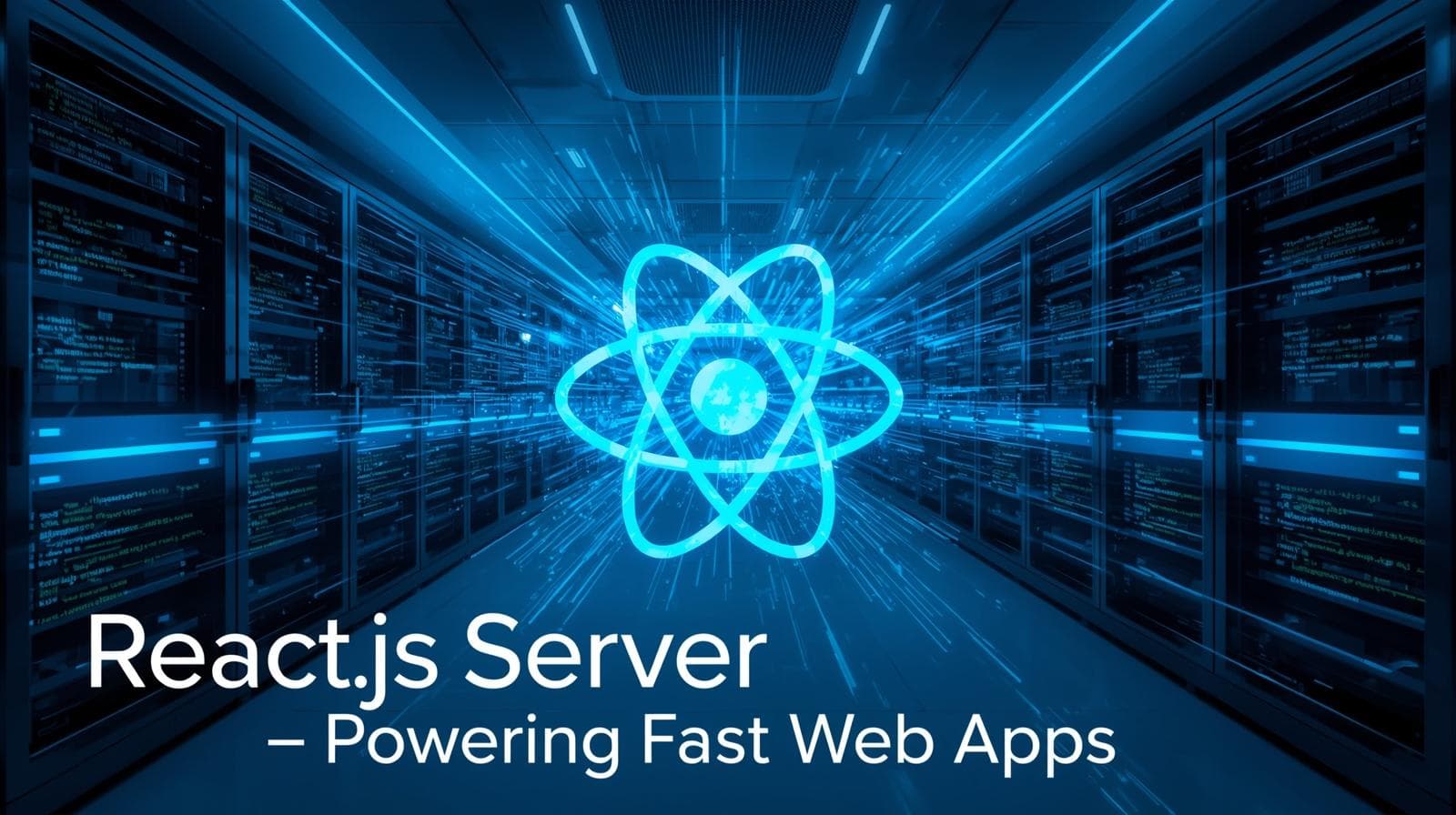
Confused about React Server Components? This in-depth guide covers what they are, how they work, real-world use cases, best practices, and how they revolutionize the MERN stack. Learn more at CoderCrafter.
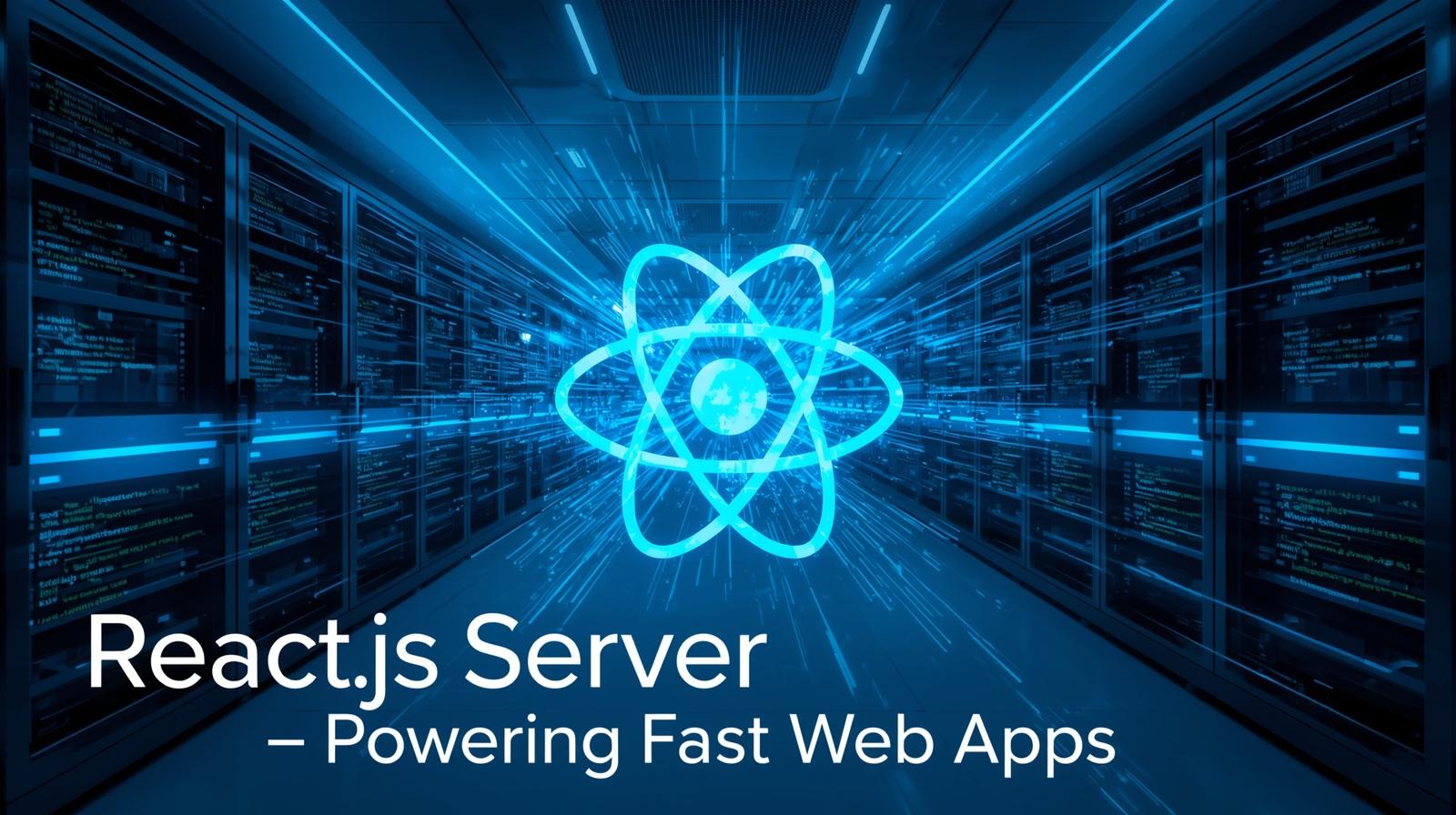
React Server Components Explained: A Deep Dive for Modern Web Development
React Server Components Explained: The Future of React is Here (And It’s on the Server)
If you've been anywhere near the React ecosystem in the last couple of years, you've probably heard the term "React Server Components" (RSCs) buzzing around. It sounds complex, maybe even a little intimidating. Is it a whole new framework? Do I have to rewrite my entire app?
Take a deep breath. The answer is no.
React Server Components represent the most significant shift in how we think about building React applications since the introduction of hooks. They are not a replacement for what you already know; they are a powerful evolution, designed to solve some of the most persistent challenges in modern web development: bundle size, performance, and SEO.
In this deep dive, we're going to demystify React Server Components. We'll break down what they are, how they work differently from the components you're used to, and why they might just be the key to building faster, more efficient web applications.
The "Why": The Problem RSCs Are Solving
To understand RSCs, we first need to understand the problem. For years, the dominant paradigm in React has been Client-Side Rendering (CSR). We send a minimal HTML shell to the browser, along with a (often large) JavaScript bundle. The browser then downloads this bundle, parses it, and executes it to render the page and make it interactive.
This approach has served us well, but it has downsides:
Large Bundle Sizes: As apps grow, so does the JavaScript. This leads to longer download and parse times, especially on slower networks or less powerful devices.
Slow Initial Page Load (Time to Content): The user stares at a blank screen or a loading spinner until the JavaScript bundle is processed.
Inefficient Data Fetching: We often use
useEffectanduseStateto fetch data after the component mounts on the client. This can lead to "waterfalls" of sequential requests and a less-than-ideal user experience.SEO Challenges: While search engines have gotten better at running JavaScript, CSR can still cause issues with indexing and social media link previews, as the initial HTML is empty.
Server-Side Rendering (SSR) with frameworks like Next.js helped by rendering the initial HTML on the server. But even with SSR, the "hydrated" app on the client still has to download the JavaScript for all components to become interactive.
React Server Components are the next step. They allow us to run some of our components exclusively on the server, fundamentally changing this dynamic.
What Exactly Are React Server Components?
In simple terms, a React Server Component is a component that renders on the server and never has its JavaScript shipped to the client. Its job is to prepare the UI, often by fetching data or accessing backend resources, and then send the final, plain HTML (more precisely, a special JSON-like representation) to the client.
Let's contrast them with the components we already know.
Client Components vs. Server Components
Think of it as a division of labor:
Client Components: These are your "traditional" React components. They run in the browser, can use state (
useState), effects (useEffect), and event handlers (onClick). They are interactive. Their JavaScript code is bundled and sent to the user's browser.Server Components: These are the new kids on the block. They run only on the server. They cannot use state, effects, or browser-only APIs. Their power lies in what they can do: they can directly access the backend (e.g., your database, file system, or internal APIs) without a separate HTTP call. They are not interactive, but they are incredible for static or dynamic content that is driven by data.
Here’s a visual representation of how they work together:
text
// This is a Server Component (usually in a file like `app/page.js` in Next.js 13+)
// It can be async and fetch data directly!
async function BlogPost({ postId }) {
// Directly access the database on the server. No API route needed!
const post = await db.posts.findUnique({ where: { id: postId } });
return (
<article>
<h1>{post.title}</h1>
<p>{post.content}</p>
{/* We nest a Client Component for interactivity */}
<LikeButton postId={post.id} initialLikes={post.likes} />
</article>
);
}
// This is a Client Component (it has 'use client' at the top)
'use client';
function LikeButton({ postId, initialLikes }) {
const [likes, setLikes] = useState(initialLikes);
const handleClick = () => {
// ... logic to update likes via an API
setLikes(likes + 1);
};
return <button onClick={handleClick}>👍 {likes}</button>;
}See the magic? The BlogPost component, with its data-fetching logic, runs on the server. Its code is never sent to the browser. The user immediately receives the HTML for the blog post. The LikeButton, which needs interactivity, is a Client Component and is shipped to the browser.
Real-World Use Cases: Where RSCs Shine
This architecture isn't just a theoretical improvement. It has concrete, powerful applications:
Data-Heavy Pages: Think of an e-commerce product page or a social media feed. Instead of loading a skeleton and then fetching data on the client, the server component can fetch all the data upfront and deliver a complete, SEO-friendly page in the initial request.
Speed-Critical Applications: By moving large dependencies to the server, you drastically reduce the JavaScript bundle size. A component that uses a heavy library for PDF generation or data transformation no longer penalizes your users' browsers.
Enhanced Security: Since Server Components run on your server, you can safely keep sensitive logic and API keys there. They are never exposed to the client, unlike in a purely client-side app where someone could inspect the bundle.
To master the art of architecting applications with these modern patterns, a structured learning path is essential. To learn professional software development courses such as Python Programming, Full Stack Development, and MERN Stack, visit and enroll today at codercrafter.in. Our curriculum is designed to take you from fundamentals to advanced concepts like RSCs, preparing you for the industry's demands.
Best Practices and The Mental Model
Adopting RSCs requires a slight shift in how you structure your applications.
The "Move Down" Principle: Prefer to keep components as Server Components by default. Only make a component a Client Component if it needs to be one (i.e., it uses
useState,useEffect, or browser events). When you need interactivity, "move" the client-specific logic down to the smallest possible child component, just like we did with theLikeButton.Use the Right Tool for the Job:
Server Components: For data fetching, rendering static/non-interactive content.
Client Components: For interactivity, browser APIs, and stateful logic.
Embrace Composability: A Server Component can render another Server Component or a Client Component. A Client Component can render another Client Component. However, a Client Component cannot import a Server Component. This is a crucial rule. You can only pass Server Components as
childrenprops to Client Components.
Frequently Asked Questions (FAQs)
Q: Do I need a special framework to use React Server Components?
A: Yes, currently. The underlying architecture for RSCs is built into React, but you need a framework with a server runtime to leverage them. Next.js 13+ (with the App Router) is the most mature and popular implementation. Other meta-frameworks are working on their own implementations.
Q: Can I use RSCs with my existing React app?
A: It's not a simple drop-in. Adopting RSCs typically means adopting a framework like Next.js and potentially restructuring your app to fit the new mental model. It's a paradigm shift, not just an API change.
Q: Do RSCs replace SSR?
A: No, they complement it. Think of it this way: SSR is about when you render (on the server for the initial load). RSCs are about where your component logic runs (permanently on the server). They work beautifully together.
Q: Are Server Components the same as Server-Side Rendering (SSR)?
A: A common point of confusion! They are related but distinct. SSR is a technique to render React components to HTML on the server for the initial page load. RSCs are a type of component that always renders on the server, for both the initial load and subsequent navigations. RSCs make SSR more powerful and efficient.
Q: How does this affect the MERN stack?
A: It revolutionizes it. Traditionally, your React frontend (the "R" in MERN) talked to your Express/Node.js backend (the "E" and "N") via REST or GraphQL APIs. With RSCs in a framework like Next.js, your React components can now talk directly to your MongoDB database (the "M") from the server, collapsing the traditional backend API for many data-fetching operations. This creates a much tighter, more efficient full-stack architecture.
Conclusion: The Future is Server-Aware
React Server Components are not a fad. They represent a fundamental and necessary evolution towards a more efficient, scalable, and performant web. By embracing this server-client architecture, we can build applications that are faster for users, cheaper to host (due to smaller bundles), and easier for developers to reason about.
The learning curve is real, but the payoff is immense. It’s time to start experimenting, to understand the new mental model, and to prepare for a future where React is truly a full-stack framework.
The world of web development is moving fast, and staying ahead of the curve is what sets a professional developer apart. If you're ready to dive deep into React, Next.js, and the MERN stack with hands-on, project-based training, CoderCrafter is your gateway. We break down complex topics like Server Components into manageable, understandable lessons. To learn professional software development courses such as Python Programming, Full Stack Development, and MERN Stack, visit and enroll today at codercrafter.in. Your journey to building the next generation of web applications starts here.
